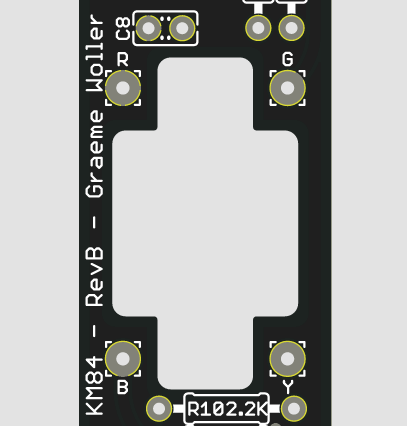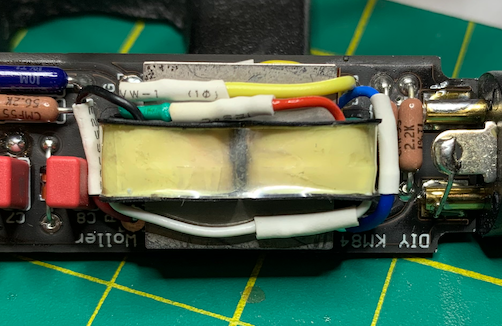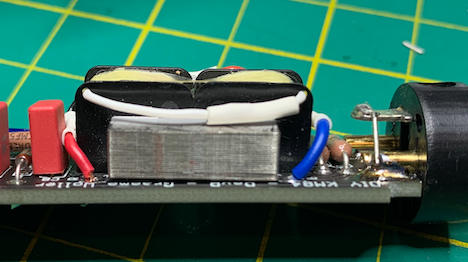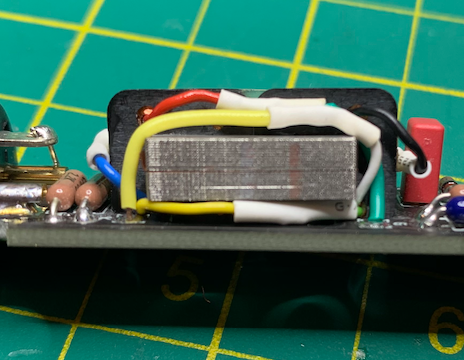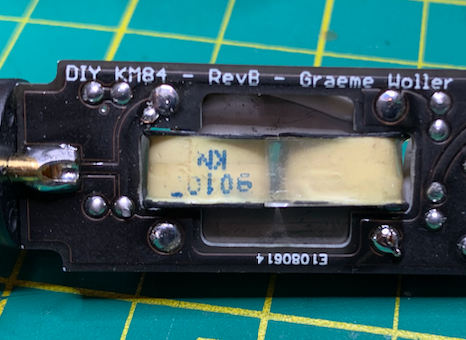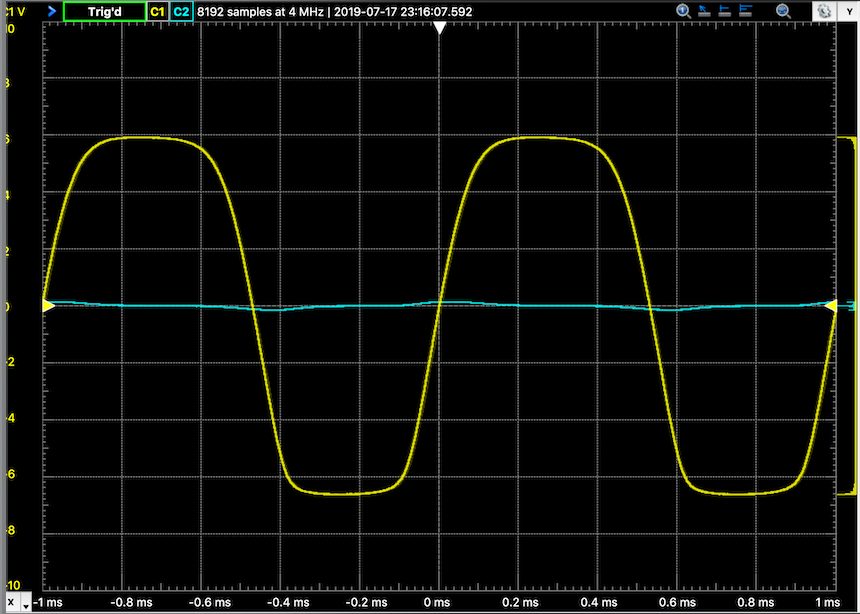damianschwartz
Well-known member
I asked Cinemag for a quote, they told me they can send the trafo with the leads hooked up internally, meaning you have four leads, or the 8 leads out. What did you guys choose?Potato Cakes said:For the leads you follow the drawing you posted from Cinemag's website. The transformer will just fit in there and might require some very minor trimming/filing to get it to fit. It does just float in there but won't move when the PCB is inserted into the body. You can also do what I did and apply a small amount of hot glue for added security.
Thanks!
Paul



